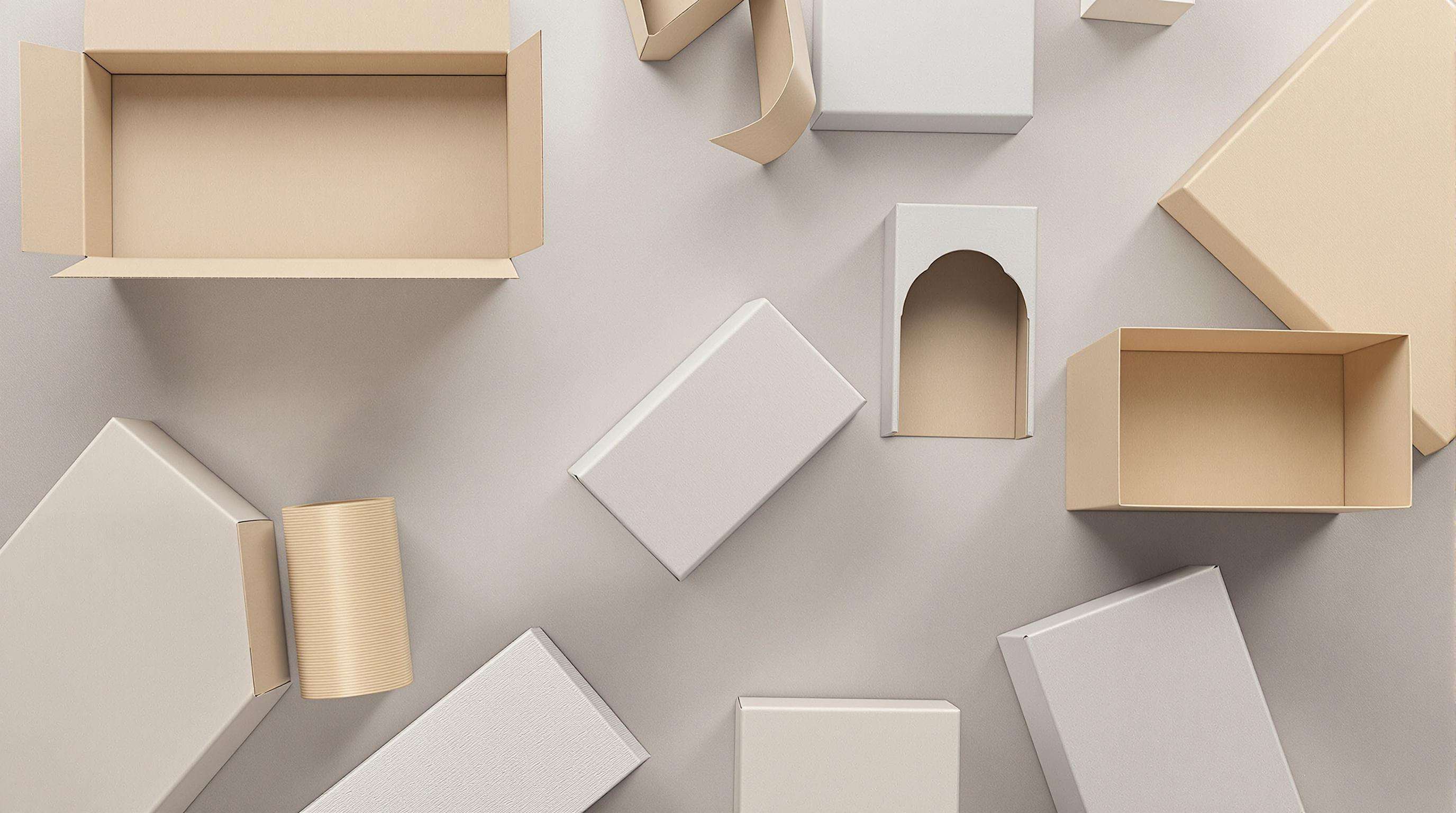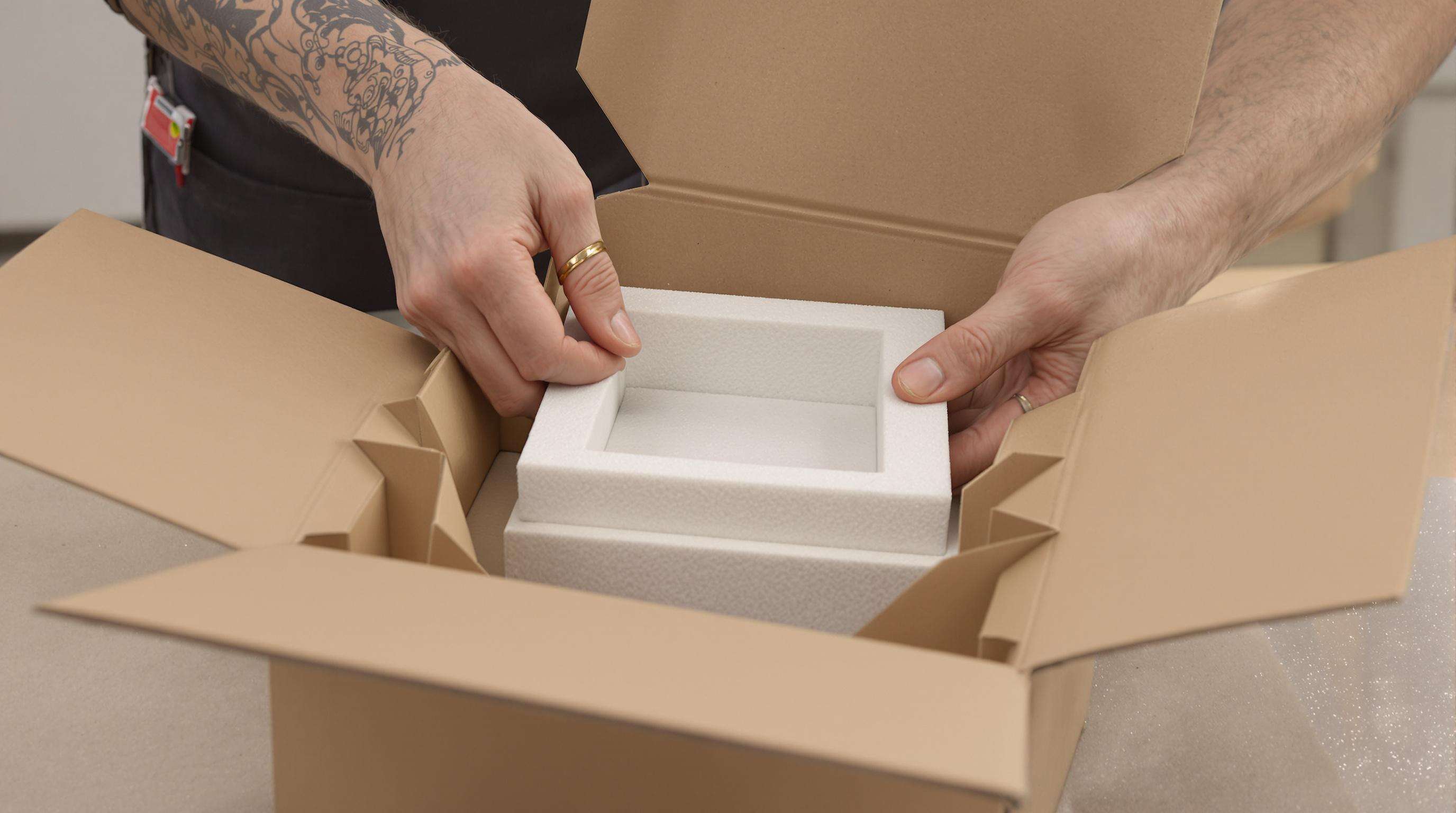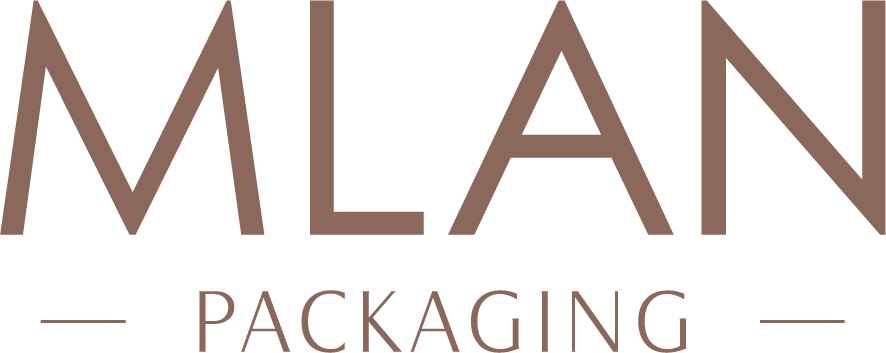Understanding Durability in Customized Gift Box Materials
Defining Durability in Customized Gift Box Construction
Durability in gift box design balances three core elements:
- Material resilience – Resistance to tearing, crushing, and moisture
- Structural integrity – Maintaining shape during shipping and handling
- Functional longevity – Protecting contents through repeated openings and closures
Premium packaging providers achieve this through layered material engineering. According to 2023 packaging studies, 87% of damaged shipments result from inadequate box durability, highlighting the critical role of thoughtful material selection.
Key Factors Influencing Shipping Strength
| Factor | Impact | Optimal Range |
|---|---|---|
| Material Density | Crush Resistance | ≥180 gsm board |
| Interlayer Bonding | Edge Protection | 3-5 adhesive layers |
| Humidity Resistance | Moisture Warping | <15% water absorption |
Environmental stressors such as temperature fluctuations and 4G shipping vibrations require materials with multi-directional fiber alignment to maintain structural performance under dynamic conditions.
How Material Thickness Impacts Gift Box Longevity
A 0.3mm increase in board thickness improves stacking capacity by 45% (Packaging Tech Institute 2024). However, oversized caliper measurements (>3.5mm) reduce flexibility, creating a durability paradox:
- Thicker walls resist compression
- Reduced bend tolerance increases fracture risk
- Excess weight can trigger logistics restrictions
The optimal 1.8–2.4mm thickness range delivers both product protection and compatibility with standard shipping networks.
Rigid Boxes and Corrugated Materials: High-Performance Options for Durability

Why rigid gift boxes offer superior structural integrity for premium Customized Gift Box designs
Rigid gift boxes use densely compressed paperboard to deliver unmatched stability for luxury packaging. Their interlocking fiber matrix resists warping under humidity and maintains dimensional accuracy within ±0.5mm, making them ideal for fragile or high-value items. Advanced manufacturing techniques bond multiple layers, ensuring consistent structural performance.
Material composition and load-bearing performance of rigid boxes
High-density paperboard (1.5–2.0mm thickness) forms the foundation of durable rigid boxes, often enhanced with:
- Kraft liners for surface abrasion resistance
- Laminated interlayers that distribute weight evenly
- Reinforced corners to prevent seam failure
Modern production integrates cross-directional fluting patterns, increasing rigidity without adding significant weight.
How fluted layers in cardboard/corrugated gift boxes enhance impact and crush resistance
The arch-shaped flutes in corrugated materials act as miniature shock absorbers, converting vertical pressure into lateral force across the box walls. This design:
- Reduces puncture risks by 35% compared to flat paperboard
- Maintains insulation during temperature shifts
- Achieves up to 200 PSI compression resistance in double-wall configurations
Flute height (3.6mm–8.0mm) directly influences cushioning—taller flutes provide superior protection for delicate contents.
Single-wall vs. double-wall corrugated: Comparing durability for shipping protection
| Construction | Weight Capacity | Best For |
|---|---|---|
| Single-wall | ≤ 50 lbs | Retail packaging, lightweight gifts |
| Double-wall | ≤ 150 lbs | Heavy decor, multi-item shipments |
Double-wall configurations include an additional flute layer between linerboards, achieving 3× greater edge crush test (ECT) ratings than single-wall alternatives under ISTA 3E protocols.
Data Insight: Corrugated paper absorbs up to 60% more impact than solid paperboard
Recent 2024 material tests confirm corrugated paperboard’s performance edge:
- 60% higher energy dissipation vs. solid fiberboard (ASTM D642)
- 42% increased compression strength at equivalent grammage
- 27% reduction in product damage rates in e-commerce trials
These properties make corrugated materials essential for long-distance shipments requiring crush and vibration resistance.
Paperboard and Kraft: Balancing Strength, Flexibility, and Sustainability
Evaluating Paperboard for Medium-Duty Customized Gift Box Applications
For those looking at medium duty gift packaging options, paperboard stands out as a solid pick because it holds its shape well without being too heavy to handle. The weight range typically falls between 250 to 300 grams per square meter which gives enough protection against crushing for items weighing less than five pounds, all while keeping production costs down. Boxes made with around 22 to 24 points thickness actually hold up about 30 percent better when stacked compared to their thinner counterparts according to research published last year by Packaging Science Quarterly. This makes them particularly useful for stores where space matters but quality still needs to be maintained.
Grammage and Caliper Standards for Optimal Durability of Gift Box Materials
Performance depends on standardized metrics:
- 200–250 GSM: Ideal for small gift boxes (jewelry, cosmetics)
-
300+ GSM: Required for electronics or multi-item sets
Proper caliper alignment—matching material thickness to box dimensions—reduces shipping damage by up to 40% under standard transit conditions.
Durability of Kraft Paper in Customized Gift Box Applications
Kraft paper’s unbleached wood pulp construction delivers inherent tear resistance, with natural fibers providing 18–23% higher tensile strength than bleached alternatives. A 2024 material analysis found kraft-lined gift boxes withstand 60% more compression force than standard paperboard equivalents.
Tensile Strength and Tear Resistance: Natural Kraft vs. Bleached Board
| Property | Natural Kraft | Bleached Board |
|---|---|---|
| Tensile Strength (MD) | 45–55 kN/m | 30–40 kN/m |
| Tear Resistance (CD) | 650–800 mN | 400–550 mN |
| The extended fiber structure in kraft materials enables superior stress distribution, crucial for protecting irregularly shaped gifts. |
Trend: Rising Demand for Sustainable Yet Durable Material Options for Custom Gift Boxes
A 2024 Sustainable Packaging Report shows 68% of brands now prioritize materials that combine recyclability with structural performance. Innovations like bio-based coatings are enhancing kraft’s moisture resistance without compromising its 100% compostable nature—making it a preferred choice for eco-conscious customization.
Comparative Analysis: Choosing the Right Material for Customized Gift Box Durability
Head-to-Head Comparison: Rigid, Paperboard, Corrugated, and Kraft Materials
When it comes to structural strength, rigid boxes are definitely the top choice among premium gift box makers, with around 80% of them relying on these sturdy options for their high value products. According to recent findings from the Packaging Materials Journal published last year, corrugated materials actually handle about 60 percent more impact force compared to regular solid paperboard. Meanwhile, kraft paper remains popular because it gives decent protection at a lower price point, especially good for things that aren't too heavy. Paperboard sits somewhere in between, offering pretty good protection without breaking the bank. It can typically withstand compression forces of approximately 15 pounds per square inch, making it suitable for packages that need moderate support but don't require maximum rigidity.
| Material | Cost (Per Unit) | Durability (1-10) | Best Use Cases |
|---|---|---|---|
| Rigid | $$$$ | 9.5 | Luxury Customized Gift Boxes |
| Corrugated | $$ | 8.8 | Shipping Protection |
| Kraft | $ | 7.2 | Eco-Friendly Retail Boxes |
| Paperboard | $$ | 7.9 | Mid-Weight Product Packaging |
Cost vs. Durability Trade-Offs in Materials for Custom Packaging
Rigid boxes cost 3x more than corrugated alternatives but reduce product damage claims by 42% (Logistics Quarterly 2024). Kraft paper offers the lowest upfront cost but requires reinforcement for items over 2 lbs. Brands focused on sustainability often face a 20–30% cost premium for recycled corrugated materials compared to conventional options.
Industry Paradox: High-Performance Materials Often Perceived as Low-End
Corrugated materials actually perform better than paperboard in crush resistance tests, but they still get labeled as budget options by many people in the packaging world. According to recent research from the 2024 Packaging Perception Study, around two thirds of shoppers link those stiff, rigid boxes with high end products and luxury branding. Because of this strange disconnect between function and perception, lots of companies end up going with heavier paperboard just for looks, even though corrugated boxes can handle more punishment without breaking and cost about the same money. Makes sense why marketers keep reaching for the fancier looking stuff, doesn't it?
Best Practices for Maximizing Durability in Customized Gift Box Design

Integrating Material Choice With Structural Design for Maximum Durability
Making durable gift boxes really comes down to how different materials work together with smart structural design. Boxes that have corrugated cardboard with those honeycomb patterns inside actually hold about 38 percent more weight before collapsing compared to regular boxes, according to Packaging Digest from last year. And boxes with extra strong corners can take five times the stacking pressure without damage. When dealing with oddly shaped gifts, wrapping them in flexible kraft paper inside a sturdier outer box cuts down on punctures during shipping by around two thirds based on tests we ran recently. These combinations matter a lot when trying to protect delicate items during transport.
Reinforcement Techniques: Lamination, Edge Protection, and Internal Supports
Three proven methods enhance resilience:
- UV lamination increases abrasion resistance by 200% compared to uncoated surfaces
- TPU edge guards reduce corner damage by 89% in parcel drop tests
- Die-cut foam inserts limit product movement to <0.5mm during shipping vibrations
Strategy: Matching Material Options for Custom Gift Boxes to Product Type and Shipping Conditions
Heavy electronics (3+ kg) benefit from E-flute corrugated boxes with anti-static liners, while luxury cosmetics are best served by rigid boxes with microfiber-lined compartments. For international shipping:
| Shipping Hazard | Material Solution | Effectiveness |
|---|---|---|
| Crushing | Double-wall board | 92% protection |
| Humidity | Wax-coated kraft | 78% moisture barrier |
| Temperature shifts | Insulated liners | ±15°C stabilization |
Parcel carriers report 74% fewer damage claims when packaging meets ISTA 3E simulation standards, confirming that aligning material selection with real-world conditions directly enhances gift box performance.
FAQ
What is the most durable material for customized gift boxes?
Rigid boxes are considered the most durable option due to their dense paperboard construction and advanced bonding techniques. They offer superior structural integrity, making them ideal for premium and high-value product packaging.
How does corrugated material enhance durability?
Corrugated materials feature arch-shaped flutes that absorb impact, reducing puncture risks and maintaining insulation during temperature shifts. They provide higher compression resistance compared to flat paperboard.
Why is kraft paper preferred for eco-friendly packaging?
Kraft paper is made from unbleached wood pulp, offering higher tensile strength and tear resistance. It is fully compostable and ideal for environmentally-conscious brands seeking sustainable packaging solutions.
What are common reinforcement techniques for gift boxes?
Reinforcement techniques include UV lamination for abrasion resistance, TPU edge guards to minimize corner damage, and die-cut foam inserts to restrict product movement during shipping.
Table of Contents
- Understanding Durability in Customized Gift Box Materials
-
Rigid Boxes and Corrugated Materials: High-Performance Options for Durability
- Why rigid gift boxes offer superior structural integrity for premium Customized Gift Box designs
- Material composition and load-bearing performance of rigid boxes
- How fluted layers in cardboard/corrugated gift boxes enhance impact and crush resistance
- Single-wall vs. double-wall corrugated: Comparing durability for shipping protection
- Data Insight: Corrugated paper absorbs up to 60% more impact than solid paperboard
-
Paperboard and Kraft: Balancing Strength, Flexibility, and Sustainability
- Evaluating Paperboard for Medium-Duty Customized Gift Box Applications
- Grammage and Caliper Standards for Optimal Durability of Gift Box Materials
- Durability of Kraft Paper in Customized Gift Box Applications
- Tensile Strength and Tear Resistance: Natural Kraft vs. Bleached Board
- Trend: Rising Demand for Sustainable Yet Durable Material Options for Custom Gift Boxes
- Comparative Analysis: Choosing the Right Material for Customized Gift Box Durability
- Best Practices for Maximizing Durability in Customized Gift Box Design
- FAQ

